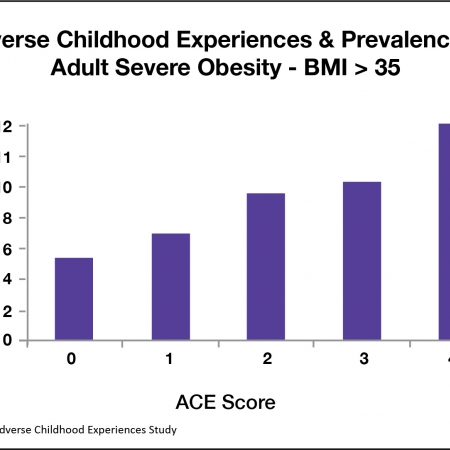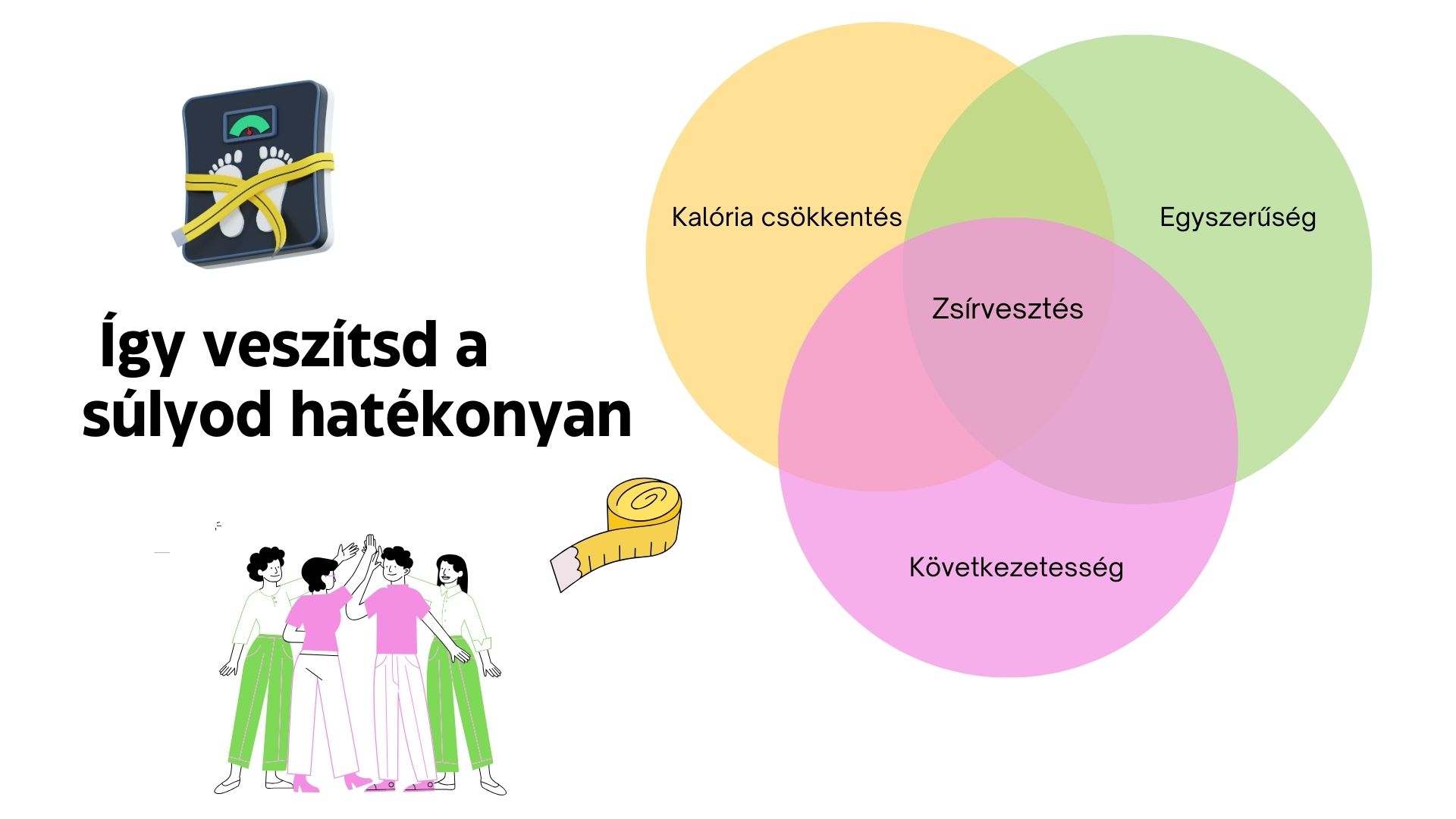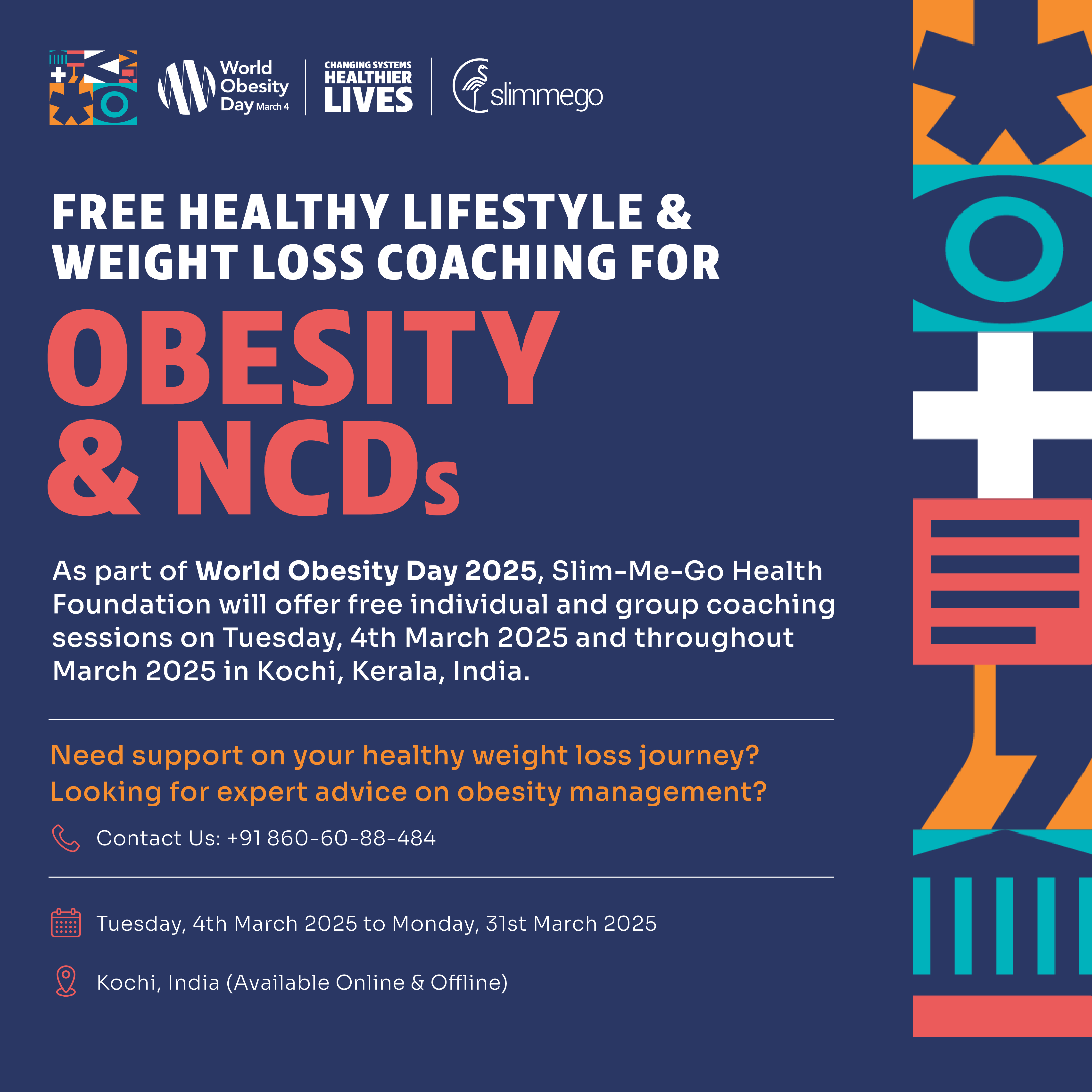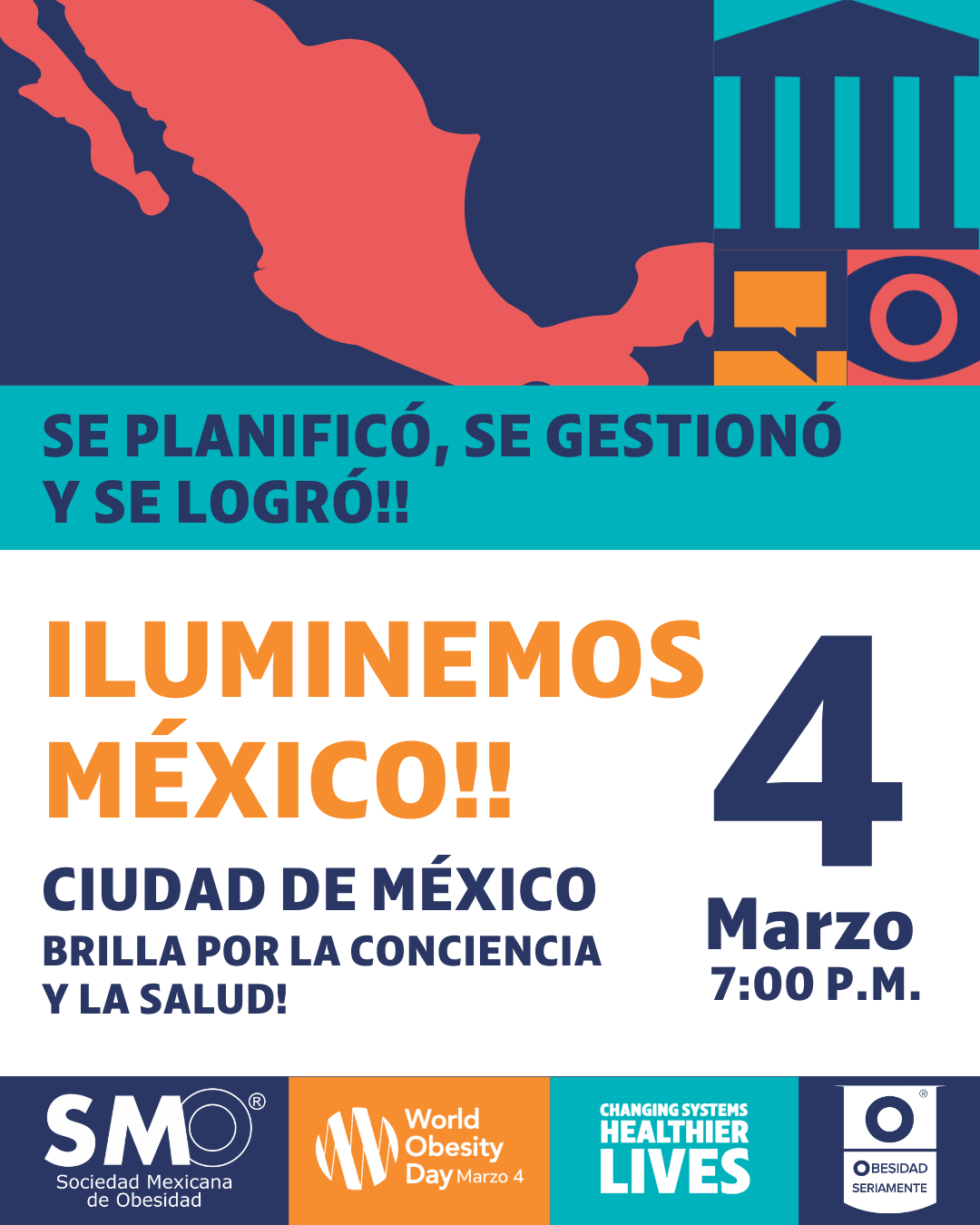故事

Let’s talk about… the stigma that people living with obesity face: Mary’s Story
How Food Saved My Sanity From Being Raised In An Insane Home
From the time I was just five years old, I learned to use food to soothe my anxiety, handle my grief, lift my mood, and numb the chronic emotional pain I was experiencing from living in a chaotic, alcoholic home.
I’ve gained and lost hundreds of pounds throughout my first forty years. The most common weight-loss approaches I took were various diets, exercise routines, Twelve-Step groups, self-help books, and medically supervised weight-loss programs.
The problem with each of these methods was they never addressed the root cause of why I needed to turn to food to cope with my life in the first place. Therefore, every time I lost weight, I ended up gaining all of it back, and the cycle repeated itself.
When I turned forty and reached my top weight of 310 pounds, I knew I needed to do something different since it was obvious what I’d been doing wasn’t working. Since I was heading toward midlife, I began to worry that my excess weight could cause me to suddenly drop dead of a heart attack, become diabetic, develop chronic pain, or a whole host of other serious health issues that are common due to being severely obese.
Since I hadn’t been able to get my weight under control with diets, exercise, therapy, or Overeaters Anonymous, I decided to look to medical science for answers. I was encouraged to discover several peer-reviewed studies proving for people who were 100 pounds or more overweight that gastric bypass surgery provided a much better chance of reaching and maintaining a healthy weight for the long term versus traditional diet, exercise, and self-help approaches.
That was when I decided weight-loss surgery would be the smartest choice for handling my problem with food and weight. My gastric bypass weight-loss surgery took place in August 2002. The good news is I lost 160 pounds within two years. The even better news is I’ve been able to maintain my weight loss for the past twenty years.
The saga of my four-decade struggle with food and weight took a dramatic turn in 2017 when I learned that I had undiagnosed and untreated childhood trauma. It was then that I understood what had been driving me to turn to food to cope in the first place.
It was while reading: The Body Keeps the Score: Brain, Mind & Body In Healing Trauma" by Dr. Bessel van der Kolk that I came across the ACE-adverse childhood experiences study for the first time.
It was astounding to learn that children exposed to various types of adversity had much higher rates of addiction, obesity, anxiety, depression, and several chronic health issues in adulthood.
As I dove deeper into the science behind the ACE Study, I discovered some revealing information about how high ACE scores (4 or higher) can account for struggles with food and weight.
It was so validating when I found the data and graph from the ACE Study show that the chances of struggling with severe obesity increase by 240% when you have an ACE score of 4 or more compared to an ACE score of zero.
Just understanding what could be behind my forty-year struggle with food and weight was a huge relief for me. It helped me let go of the painful burden of shame I'd carried about believing I was weak and a failure for struggling with them. Learning about the link between childhood adversity and obesity sparked a desire to dig deeper into what had made me turn to food.
Learning about how my brain, body, and mind had been changed by trauma and that I needed special trauma-based therapies to heal lit a fire under me to write a book about my healing and recovery journey.



